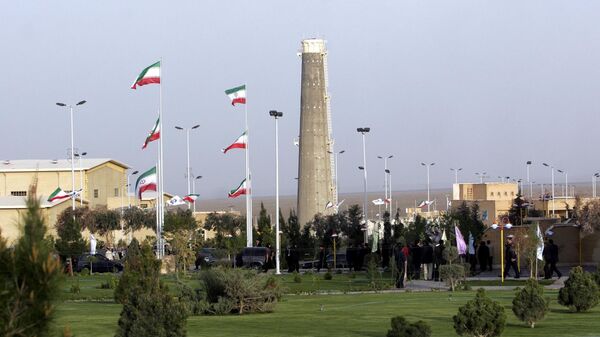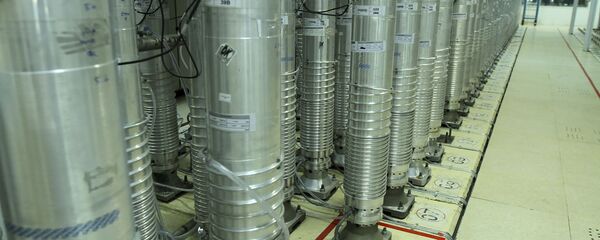Satellite images of the area around the Natanz nuclear site, taken by the US-based Earth-observation company Planet, suggest that following the destruction of the main building in the July 2020 explosion, Tehran moved its centrifuge assembling operation inside a nearby mountain, an arms-control expert at the Middlebury Institute of International Studies, Jeffrey Lewis, indicated.
A close-up of what appears to be a pair of tunnel entrances. pic.twitter.com/vO8HMiyDBU
— Jeffrey Lewis (@ArmsControlWonk) December 9, 2020
He pointed out two spots at the mountain edges that in his opinion look like two tunnel entrances with two roads connecting these tunnels to the old building. Lewis estimates that the new alleged underground nuclear facility is at least as large as the old one.
The arms-control expert's guess is not entirely groundless since Iran’s Atomic Energy Organization's chief, Ali Akbar Salehi, vowed in the aftermath of the incident that damaged the old Natanz facility that the new building would be sheltered in the "heart of the mountains" to protect it from possible attacks.
The July explosion was part of a series of unexplained blasts at Iranian facilities. Iran has described many of them as accidents but suggested that the Natanz one was a result of sabotage without elaborating. Some media outlets suggested that the explosions were a result of the actions of Israeli hackers, who purportedly were acting in response to an alleged hack of the country's water facilities by Tehran. The Islamic republic has never confirmed such rumours and denied involvement in the incident at the Israeli water facilities, which did not result in any harm.




